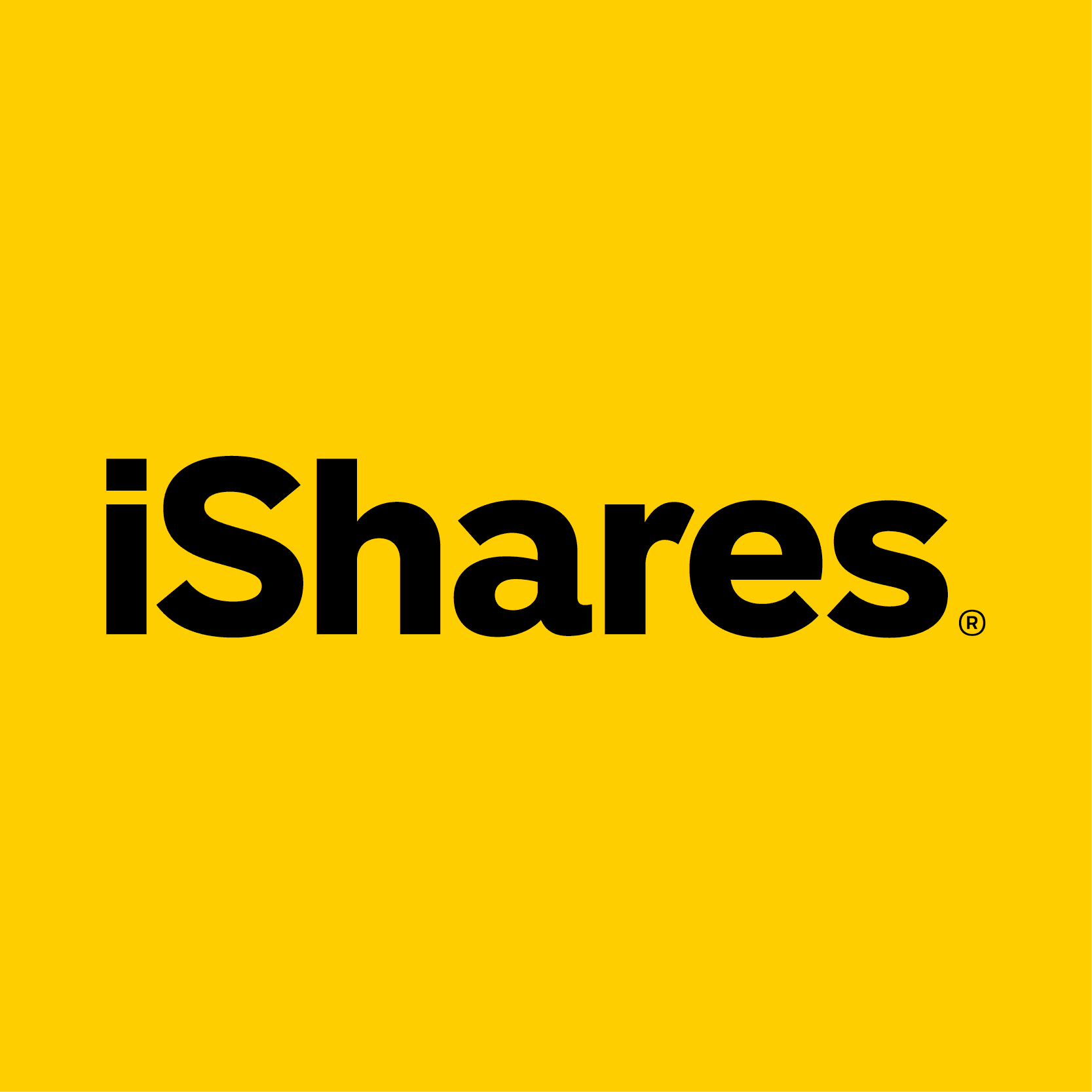
In collaboration with
iShares by BlackRock, a global leader in ETFs
When building a diversified portfolio with ETFs, investors should consider their investment objectives, risk tolerance, and overall financial goals to select the right ETFs that align with their investment strategy.
Investing in ETFs (exchange-traded funds) can be an excellent way to diversify your portfolio and potentially achieve long-term investment goals.
These investments often seek to track the performance of a
In this guide, we will discuss some tips on how to build a diversified, ETF-focused portfolio and what to consider before you invest.
What is an investing portfolio?
A portfolio is a collection of various asset classes, such as stocks, bonds, commodities, and real estate, ideally designed to help you spread out risk and maximize return.
While you can create a portfolio that’s 100% invested in one asset class, for instance completely in stocks or bonds, many investors include different types of asset classes in one portfolio. This is known as diversification.
Diversification is all about investing in different asset classes, industries, and geographies to help minimize the impact of market crashes or economic downturns.
By investing in a diverse range of assets, you can help limit your exposure to any one company or sector and benefit from the potential performance of different stocks and industries.
Diversification helps you to balance out the
For instance, consider stocks and bonds. Stocks have tended to perform better over the long-term than bonds.1 But that higher reward comes with greater risk: Stocks have historically lost value about three out of every 10 years.[1]
Bonds, on the other hand, have historically lost value only one out of every 10 years1.
That means bonds have generally risen in value when stocks fell in value.
Extrapolate further, and you can see that including both stocks and bonds in your portfolio may allow you to use one as a
As you can see, diversifying the asset classes within your portfolio may be able to help you make money in various kinds of market environments.
1Source: Morningstar, BlackRock. Stocks are represented by the S&P 500 index from 3/4/57 to 12/31/22 and the IA SBBI US large stock index from 1/1/26 and 3/4/57. US bonds are represented by the Bloomberg US Agg Bond TR index from 1/3/89 to 12/31/22 and the IA SBBI US Gov IT index from 1/1/26 to 1/3/89.Past performance does not guarantee or indicate future results. Index performance is for illustrative purposes only. You cannot invest directly in an index.
What is asset allocation?
So how much should you allocate to each type of asset? Well, it depends.
For example, a relatively younger investor with a long-term goal (like retirement) may consider allocating more of their portfolio to assets with higher risk, like stocks, to take advantage of potential higher long-term returns.
On the flip side, an individual closer to or in retirement may want to allocate more of their money towards conservative investments like bonds to reduce the potential of losing a substantial amount of money in any given year.
This strategy is called asset allocation, or aiming to balance your investment portfolio based on
Asset allocation involves dividing your portfolio into different asset classes, such as stocks, bonds, and cash, to achieve a desirable risk and return outcome.
The goal of asset allocation is to reduce the effects of
Achieving diversification with ETFs vs. individual asset classes
To build your portfolio, you could go out and buy a bunch of individual stocks and bonds (or other asset classes) to meet your asset allocation and risk target. However, this could be costly in terms of time and money.
Let’s break it down:
| Building a portfolio with individual assets |
- Control: You get direct control over what’s included in your portfolio, allowing you to better tailor your portfolio to your specific risk tolerance and goals. For example, if there is a company that does not align with your values, you can avoid including that stock in your portfolio.
- Costly: Purchasing a bunch of individual assets may require a sizable amount of time, in research, and money, in fees.
- Not always accessible: It’s not always easy to invest in certain asset classes like individual bonds, real estate, and commodities, making them difficult to include in your portfolio.
| Building a portfolio with ETFs |
- Easy to buy: ETFs can be purchased just like individual stocks and are often commission free.
- Accessible: ETFs may offer exposure to asset classes that are difficult to invest in on their own, such as commodities and real estate. ETFs can also provide exposure to specific sectors or themes, such as technology, which can be difficult to achieve with individual stock picking.
- Lack of control: Some ETFs may include assets of entities that you may not want to invest in. For instance, an ETF may include stocks of a company that doesn’t align with your values.
With ETFs, you can achieve almost instant diversification, gaining exposure to hundreds, sometimes thousands, of stocks, bonds, and other asset classes, for a relatively low cost.
Let’s say you want to invest for retirement, which is 40 years away. Based on your goal, you’ve determined you should invest 80% of your money into stocks and 20% of it into bonds.
An easy way of achieving that asset allocation with ETFs is by investing 80% of your money in a stock ETF and 20% of your money in a bond ETF. In just two purchases, you could build a diversified investment portfolio!
All-in-one asset allocation with ETFs
Some ETFs, called asset allocation ETFs, provide a pre-built portfolio. Rather than including stocks, bonds, or other assets within them, these ETFs include other ETFs within them in proportions that may align with the investor’s desired asset allocation.
For example, there are asset allocation ETFs that are 80% allocated towards stock ETFs and 20% allocated towards bond ETFs.
So rather than making two purchases to build your retirement portfolio, asset allocation ETFs may offer you the ability to make one purchase.
Jay Jacobs, US Head of Thematics and Active Equity ETFs at BlackRock, explains, “Asset allocation ETFs may help investors to build a diversified portfolio in one click.”
“Asset allocation ETFs may help investors to build a diversified portfolio in one click.”
– Jay Jacobs, US Head of Thematics and Active Equity ETFs, BlackRock
Conclusion
ETFs can help simplify the process of building a diversified portfolio, which can help preserve, and perhaps even increase, the value of your investments over time.
Want to practice building a diversified portfolio of ETFs? Check out eToro’s virtual portfolio tool to get started.
About iShares by BlackRock
iShares unlocks opportunity across markets to meet the evolving needs of investors. With more than twenty years of experience, a global line-up of 1300+ exchange traded funds (ETFs) and $3.12 trillion in assets under management as of September 30, 2023, iShares continues to drive progress for the financial industry. iShares funds are powered by the expert portfolio and risk management of BlackRock.
This communication is in collaboration with iShares by BlackRock. BlackRock and iShares are trademarks of BlackRock, Inc. or its affiliates (together “BlackRock”). BlackRock does not sponsor or endorse any content outside the ETF Academy and is not affiliated with eToro or any of its affiliates.
This communication is for information and education purposes only and should not be taken as investment advice, a personal recommendation, or an offer of, or solicitation to buy or sell, any financial instruments. This material has been prepared without taking into account any particular recipient’s investment objectives or financial situation. Any references to past or future performance of a financial instrument, index or packaged investment product are not, and should not be taken as, a reliable indicator of future results.
eToro encourages its customers to carefully consider the funds’ investment objectives, risks, and charges and expenses carefully before investing. This and other information can be found in the funds’ prospectuses or, if available, the summary prospectuses which may be obtained by visiting each fund company’s website or www.sec.gov/edgar/search. For iShares Funds, please visit www.iShares.com/prospectus. Read the prospectuses carefully before investing.
Investing involves risk, including possible loss of principal. Diversification and asset allocation may not protect against market risk or loss of principal. There can be no assurance that an active trading market for shares of an ETF will develop or be maintained. Transactions in shares of ETFs may result in brokerage commissions and may generate tax consequences. All regulated investment companies are obliged to distribute portfolio gains to shareholders.
Securities trading is offered by eToro USA Securities Inc., member of FINRA and SIPC, a self-directed broker-dealer that does not provide recommendations or investment advice. Visit our Disclosure Library for additional important disclosures including our Customer Relationship Summary and order routing information and statistics. FINRA Brokercheck © 2023.


